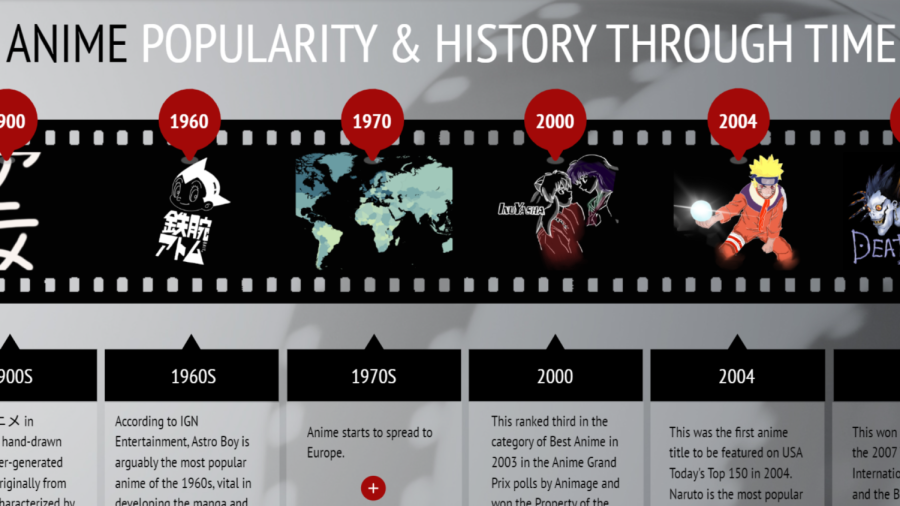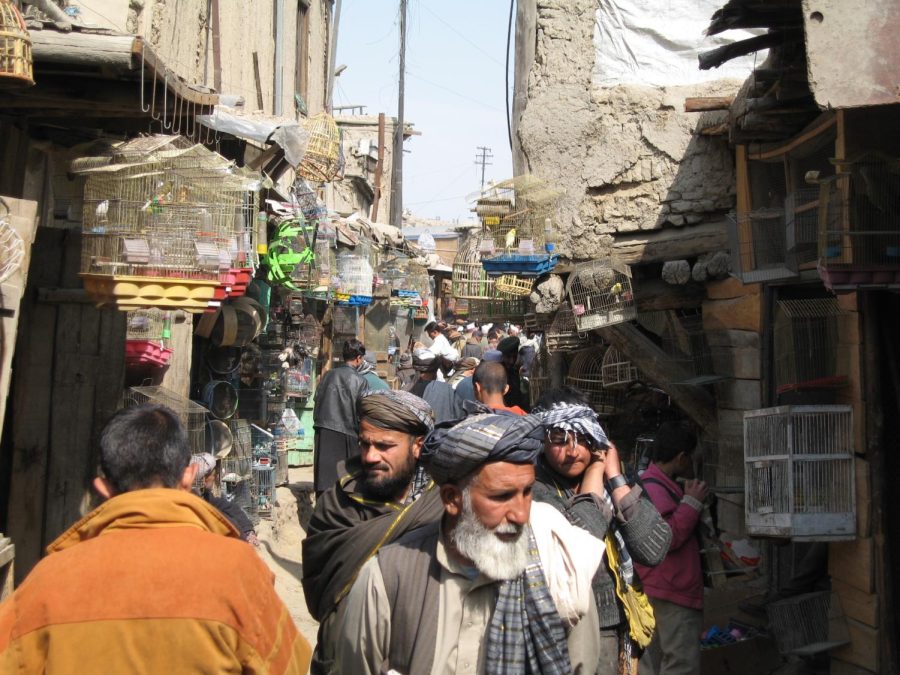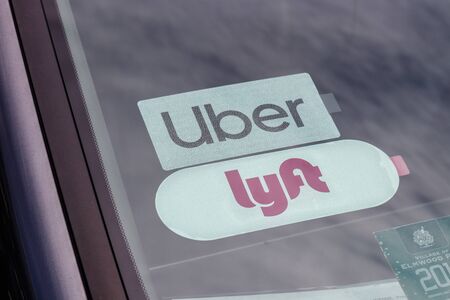A symbol of the holiday season, the Christmas tree is an important part of the Christmas experience if one celebrates the holiday. Whether one decides to have a fake or real tree, however, is also a part of the experience.
Students at Carlmont definitely have their own preferences, usually depending on the type of tree his or her family uses regularly.
“I like real trees,” said senior Lauren Bruguera. “They’re more authentic and smell good.”
There are pros and cons of both options, but the environmental effects of chopping down a new Christmas tree every year can add up.
Every year, on average, Americans cut down 33 million trees in the month of December alone to be used as Christmas trees. If there were any guilt involved in the idea of cutting down the unfortunate evergreens, then one can take heart in the fact that for every conifer cut down, two to three seedlings can potentially take its place.
While some trees are grown in crops and later reused as mulch, some cases of Christmas tree harvesting have resulted in leaving poor habitats since it involves the heavy use of pesticides which kill other living plants, causing some deforestation.
Other concerns regarding real trees have been centered around the use of the old and rare trees, such as the Keteleeria evelyniana, as Christmas trees. These cases are rare though, and are not a major problem for many regions.
Of course, the idea of deforestation of the environment is still a major issue, but in the holiday season it’s not thought of as a huge problem that has to be addressed.
Even though some people prefer real trees over fake trees, others are the opposite.
“I don’t have a preference, but I’ve grown up with fake trees,” commented junior Angela Perez de Tagle. “They’re reusable.”
An advantage that is associated with the use of fake trees is the ability to reuse them every holiday season.
But unknown to many who use them, fake trees also can have an effect on the environment. Fake trees can potentially be manufactured in harmful ways that alter the environment, perhaps even more so than their living counterparts.
Most artificial trees are made of recycled PVC rigid sheets using tin stabilizer in the recent years. In the past, the stabilizer of the PVC was made of lead, but has been banned since due to potential harmful effects.
Although the lead is gone in those trees, other chemicals can still potentially pose a threat. A 2008 U.S. Environmental Protection Agency report found that as the PVC in artificial Christmas trees aged, they began to degrade, raising a threat of the release of carcinogens that could harm someone.
Despite the studied effects, groups such as the American Christmas Tree Association maintain that the PVC used in Christmas trees has excellent recyclable properties and are no worse than real trees when regarding the environment.
Both types of trees are symbolic of the holiday season no matter if the tree is living or man-made. Christmas trees, however they are created, have the same purpose and in the long run, and hold the same meaning to those who celebrate the holiday.






